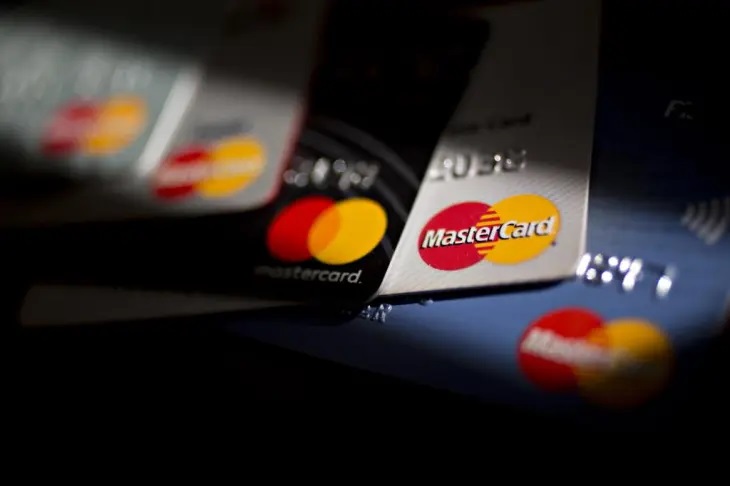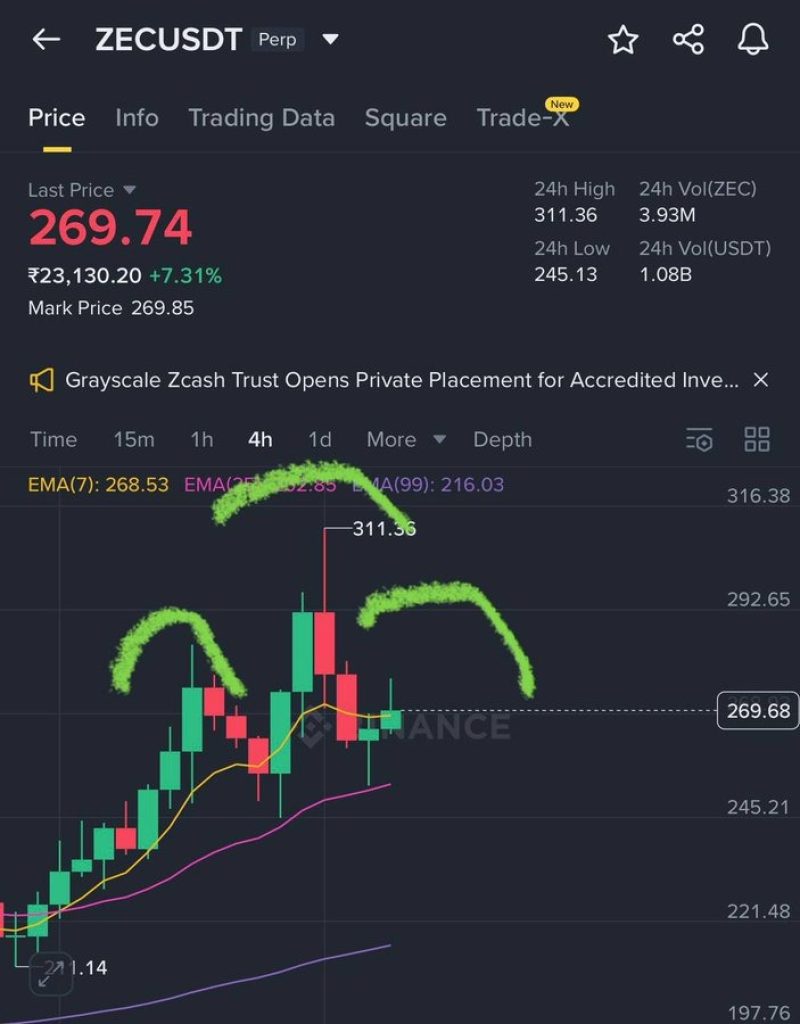Mastercard in Late-Stage Talks to Acquire Crypto Startup Zerohash for Up to $2 Billion


Mastercard is advancing toward one of its largest investments in the cryptocurrency space by negotiating the acquisition of Zerohash, a Chicago-based blockchain infrastructure provider.
The deal is valued between $1.5 billion and $2 billion, positioning Mastercard to deepen its stablecoin and tokenization capabilities amid growing mainstream adoption of digital assets.
Late-stage talks are underway, with the price potentially reaching $2 billion. No final agreement has been announced, and representatives from both companies declined to comment.
Zerohash Overview
Founded in 2017, Zerohash specializes in API-driven infrastructure for stablecoins, blockchain payments, crypto trading, custody, and staking. It recently raised $104 million in funding at a $1 billion valuation from investors like Interactive Brokers, Apollo, Point72 Ventures, and Nyca Partners.
Register for Tekedia Mini-MBA edition 19 (Feb 9 – May 2, 2026): big discounts for early bird.
Tekedia AI in Business Masterclass opens registrations.
Join Tekedia Capital Syndicate and co-invest in great global startups.
Register for Tekedia AI Lab: From Technical Design to Deployment (begins Nov 15th).
This move builds on Mastercard’s existing crypto efforts, including partnerships with platforms like Crypto.com, OKX, and Kraken, as well as its 2021 acquisition of CipherTrace a blockchain analytics firm. It aims to integrate stablecoin tech directly into traditional finance, enabling faster, lower-cost cross-border payments and competing with rivals like Visa and Stripe.
The deal reflects intensifying competition in stablecoin infrastructure, a hot sector as crypto rebounds. Mastercard reportedly competed with Coinbase for BVNK but shifted focus to Zerohash after being outbid.
Stablecoins like USDC and USDT are increasingly seen as bridges between fiat and crypto, potentially disrupting traditional interchange fees—but incumbents like Mastercard are adapting by building in-house tools.

If finalized, this could accelerate Mastercard’s push into tokenized assets and everyday crypto transactions. Watch for an official announcement in the coming weeks, as the crypto market’s momentum with Bitcoin trading steadily above $100K recently fuels such consolidations.
Stablecoins are cryptocurrencies designed to maintain a stable value, typically pegged 1:1 to a fiat currency like the US dollar (USD), euro (EUR), or a basket of assets. Unlike volatile assets like Bitcoin or Ethereum, stablecoins aim for price stability while living on blockchains, enabling fast, low-cost, programmable digital money.
Over-collateralized with volatile crypto (e.g., 150% ETH for $100 stablecoin). Smart contracts auto-liquidate if collateral drops. No collateral. Uses algorithms + incentives to expand/contract supply to maintain peg. Fiat-Collateralized (Most Common)Issuer (e.g., Circle for USDC) holds $1 in reserves for every 1 USDC in circulation.

Reserves are audited monthly (USDC) or quarterly (USDT). Users can burn USDC ? get real USD wired to their bank. Trust model: Rely on issuer transparency and regulatory compliance.
You send 100 USDC to Circle ? they burn the tokens and wire $100 to your bank. Over-collateralization: Must deposit $150+ of ETH to mint $100 DAI. If ETH price drops ? system auto-liquidates collateral to repay debt and protect peg.
If UST < $1 ? burn UST, mint LUNA ? reduce supply. If UST > $1 ? burn LUNA, mint UST. Death spiral: Panic selling breaks arbitrage ? peg collapses ? $40B wiped out. Pure algorithmic stablecoins are fragile without hard collateral.
Send $1M from US ? Argentina in 10 seconds for <$1 (vs. SWIFT: days + 6% fees). Lend, borrow, earn yield using USDC/DAI as base currency. Pay global workers in USDC instantly, no FX fees. Accept crypto without volatility risk
Tokenized Real-World Assets; Represent bonds, real estate, invoices on-chain using stable value. Zerohash provides B2B infrastructure to: Issue custom stablecoins (e.g., “JPM Coin” style)
Enable stablecoin payouts pay freelancers in USDC. Support crypto on/off ramps (fiat stablecoin). Offer custody, staking, compliance. Mastercard can now let any bank or fintech launch a USD stablecoin on its network, bypassing Visa or SWIFT.
USDC briefly hit $0.87 during SVB collapse. Tether fined $41M for misleading reserve claims. Circle holds reserves at BlackRock & BNY Mellon — still centralized risk. Stablecoins are programmable digital dollars living on blockchains — backed by fiat, crypto, or algorithms — enabling instant, borderless, 24/7 money with near-zero fees.
They’re the rails for the next generation of payments, DeFi, and tokenized finance — and why giants like Mastercard are paying $2 billion to control the infrastructure.





